Do you know what does whey powder do composition? Casein and whey are the two types of proteins that are found in milk. Whey protein can be extracted from milk by separating it from the casein, or it can be utilized after it has been produced as a by-product of whey. Because it contains all 9 of the body’s required amino acids, whey protein is referred to as a “complete” protein. It has a modest amount of lactose in it.  Using whey protein has been shown to have a variety of positive effects, and scientists are continually investigating its various medicinal applications. In this article, we will discuss the advantages of using it, as well as some of the potential drawbacks and dangers associated with using it. A few quick points concerning whey protein: the majority of the purported benefits are derived from separate studies, and further research is required before any kind of conclusion can be drawn about its effects. Beta-lactoglobulin, alpha-lactalbumin, bovine serum albumin, and immunoglobulins are the individual components that makeup whey protein. Some potential benefits include a reduction in body fat and cholesterol levels. The possibility of experiencing nausea and headaches is always there, but whey protein is not thought to be harmful in dosages that are considered normal.
Using whey protein has been shown to have a variety of positive effects, and scientists are continually investigating its various medicinal applications. In this article, we will discuss the advantages of using it, as well as some of the potential drawbacks and dangers associated with using it. A few quick points concerning whey protein: the majority of the purported benefits are derived from separate studies, and further research is required before any kind of conclusion can be drawn about its effects. Beta-lactoglobulin, alpha-lactalbumin, bovine serum albumin, and immunoglobulins are the individual components that makeup whey protein. Some potential benefits include a reduction in body fat and cholesterol levels. The possibility of experiencing nausea and headaches is always there, but whey protein is not thought to be harmful in dosages that are considered normal.
What does whey powder do
If you want to know what whey powder does in your body, here is what you need. Water obtained from milk, when dried, becomes whey powder, which has numerous therapeutic benefits. Milk is a greenish-yellow liquid that contains protein, lactose, and minerals, as well as all nine essential amino acids. This material has one of the finest proteins in nature. Lactoglobulin, alpha-lactalbumin, whey albumin, and immunoglobulins make up whey. Milk serum provides beneficial nutrients and is generally regarded as a byproduct of milk production.  Due to its rapid penetration into all the end and small vessels of the body, whey cleanses the entire body of concentrated impurities and clogging the small vessels of the body; for this reason, it is beneficial for treating all types of skin blemishes, all types of age spots, all types of bad moods, and all types of mood disorders. Whey is an excellent source of protein for the human body. Consuming sufficient protein throughout the day is one of the most vital dietary and health suggestions. Adequate protein decreases appetite and contributes to muscular growth. Whey protein is easily digested and appropriate for elderly individuals. Whey protein reduces hepatitis symptoms and is beneficial for heart cells. Whey is also indicated for individuals with anemia because it boosts red blood cell count. Whey’s amino acids alleviate the symptoms of anxiety and despair.
Due to its rapid penetration into all the end and small vessels of the body, whey cleanses the entire body of concentrated impurities and clogging the small vessels of the body; for this reason, it is beneficial for treating all types of skin blemishes, all types of age spots, all types of bad moods, and all types of mood disorders. Whey is an excellent source of protein for the human body. Consuming sufficient protein throughout the day is one of the most vital dietary and health suggestions. Adequate protein decreases appetite and contributes to muscular growth. Whey protein is easily digested and appropriate for elderly individuals. Whey protein reduces hepatitis symptoms and is beneficial for heart cells. Whey is also indicated for individuals with anemia because it boosts red blood cell count. Whey’s amino acids alleviate the symptoms of anxiety and despair.
Whey powder composition
It is a brief description of whey powder composition and its application in the food industry. Whey powder is the result of drying water removed from milk after cheese manufacturing or permeating (whey powder produced by the UF process) to a moisture percentage of 3 to 4 percent. 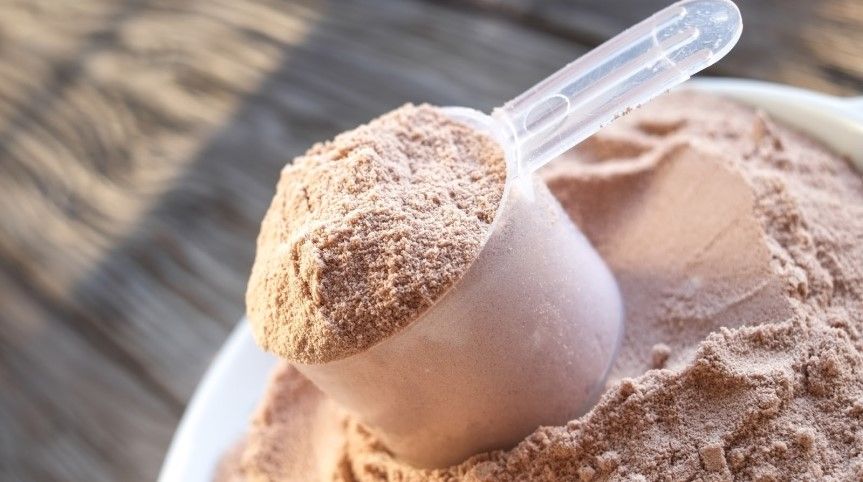 In addition to solubility, density, and microbiological qualities, one of the most essential aspects of this product is the presence of lactose in crystalline form, which preserves its quality and prevents the absorption of moisture. There are numerous applications for whey powder in the food business, dairy industry, bread and confectionery items, meat products, etc. Obtainable from whey, whey powder is a white to light cream powder with a moderate flavor. This product may include varying amounts of protein. Protein content influences the functional qualities of foods.
In addition to solubility, density, and microbiological qualities, one of the most essential aspects of this product is the presence of lactose in crystalline form, which preserves its quality and prevents the absorption of moisture. There are numerous applications for whey powder in the food business, dairy industry, bread and confectionery items, meat products, etc. Obtainable from whey, whey powder is a white to light cream powder with a moderate flavor. This product may include varying amounts of protein. Protein content influences the functional qualities of foods.
Use of whey proteins in the food industry:
-To boost the nutritional value of food goods and as a filler. -Enrich corn-based items and desserts. -In the manufacturing of yogurt and cheese, stabilizers are used to improve the product’s dry matter. -Enhancements in the manufacturing of pasta, condiments, desserts, ice cream, and cheese -To boost product protein in the manufacturing of meat products -The function of whey in bread and cake dough -As a bulking agent and to increase nutritional value -Egg whites are replaced with whey protein proteins. 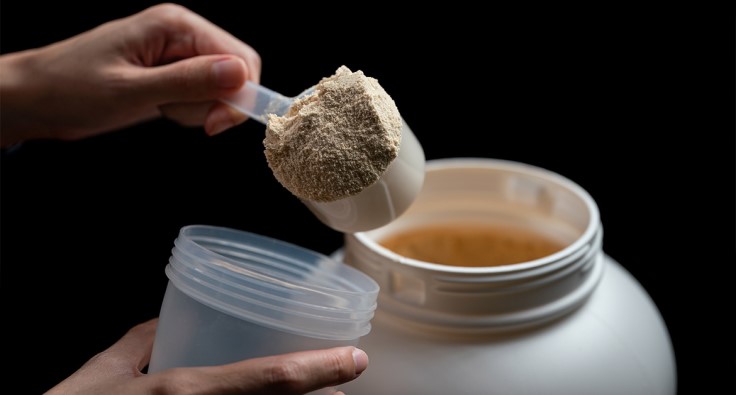 -Lactose from whey enhances the surface color of bread. -Reduce stale bread
-Lactose from whey enhances the surface color of bread. -Reduce stale bread
Whey powder shelf life
Shelf life, for whey powder and other products, generally refers to the period after food manufacturing during which its quality remains excellent. Manufacturers of dietary supplements are not required to label their products with an expiration date (Trusted Source 5). Nonetheless, many businesses willingly provide an expiration stamp or “best before” date alongside the manufacture date. In these instances, the manufacturer must provide evidence that the expiration date of their items is not deceptive (Trusted Source 5). Using a fast shelf-life test, researchers discovered in a study that whey protein powder had a shelf life of greater than 12 months – even up to 19 months under typical storage conditions, defined as 70 degrees Fahrenheit (21 degrees Celsius). 35 percent humidness (6 valid sources). Accelerated durability testing is a method for monitoring and estimating a product’s stability by storing it under demanding conditions such as high temperature and humidity. In a separate study, researchers discovered that whey protein lasted 9 months at 95 degrees Fahrenheit (35 degrees Celsius) but at least 18 months or 70 degrees Fahrenheit (21 degrees Celsius) at 45 degrees Celsius when stored at ambient temperature. Be. 65% relative humidity (7 valid sources). Unknown is whether the proposed shelf life for whey protein applies to other protein sources, although if they are stored under the same conditions, it is likely to be comparable. 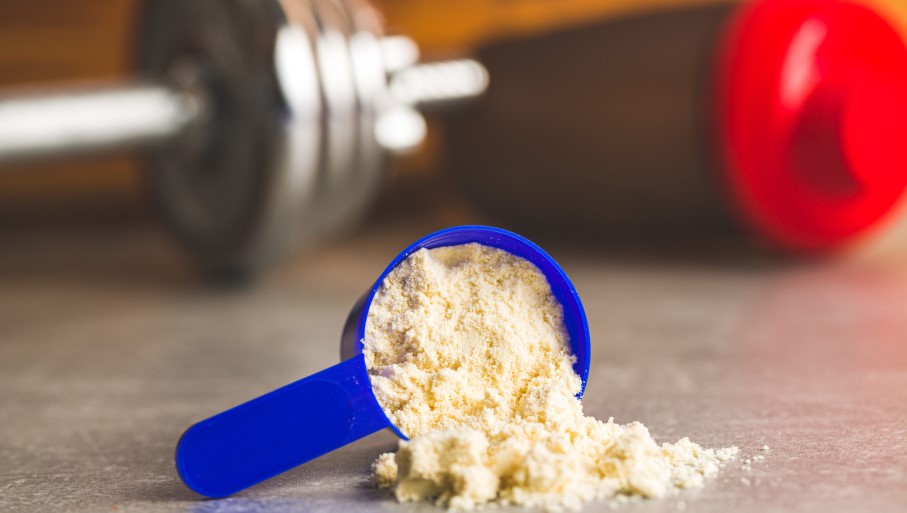 However, the majority of protein powders on the market contain shelf-stable ingredients, such as maltodextrin, lecithin, and salt, which allow for two-year shelf life.
However, the majority of protein powders on the market contain shelf-stable ingredients, such as maltodextrin, lecithin, and salt, which allow for two-year shelf life.
Whey powder side effects
Whey protein offers several health benefits and improves your body’s overall function, however, there are some side effects and hazards associated with excessive consumption, some of which are stated here.
- lactose intolerance and dairy product sensitivity
Due to its dairy origin, whey protein contains lactose. After taking concentrated whey protein, those with lactose intolerance may experience symptoms such as bloating, nausea, headache, exhaustion, loss of appetite, discomfort, and stomach cramps. Obviously, whey protein isolate is more refined and may not induce the same effects. Dairy-allergic individuals should not drink whey protein. Casein, a milk protein, is typically the cause of dairy allergy. Also containing extremely minute levels of this protein, whey protein is likely to trigger a serious allergic reaction in these individuals. Consult a physician if you are unsure whether you have lactose intolerance or an allergy.
- adverse impact on the kidneys
Unfortunately, a diet heavy in protein can damage everyone. Additionally, it can increase the internal pressure of the kidneys and cause injury to those with kidney disease. If you have kidney disease or kidney failure, see your doctor before using whey protein.
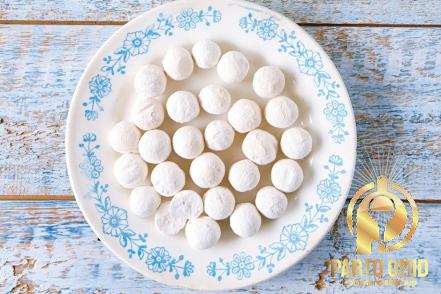

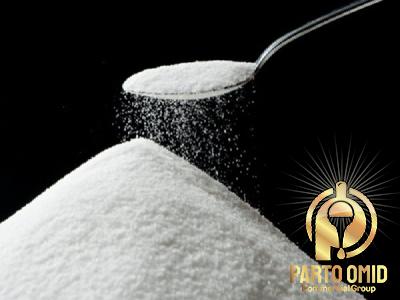


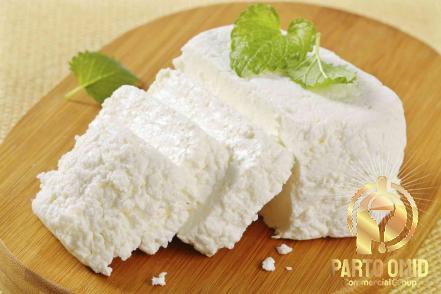

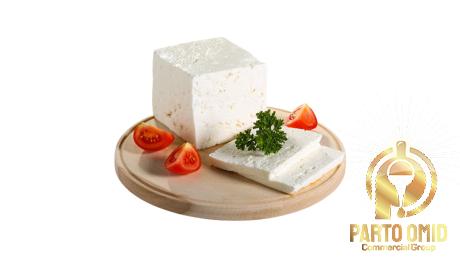

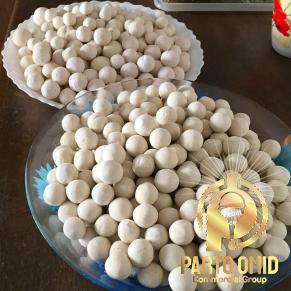
Your comment submitted.